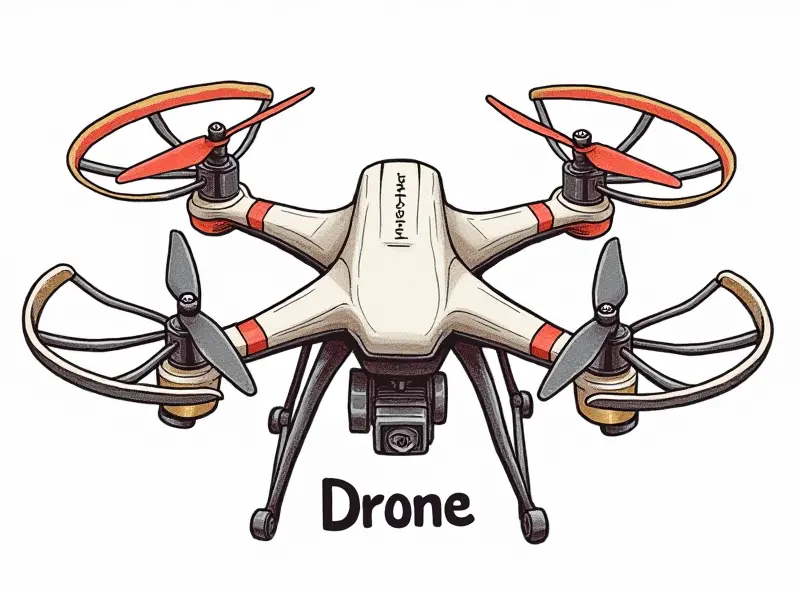What RPM range for RC planes?

Optimal Engine RPM for RC Aircraft
Understanding the ideal engine RPM (Revolutions Per Minute) is crucial for achieving optimal performance in remote-controlled (RC) aircraft. The RPM range can significantly affect factors such as speed, stability, and overall flight duration. In this article, we will explore the best RPM settings to maximize your RC plane's capabilities.
Best RPM Range for RC Airplanes
The optimal RPM range varies depending on the type of RC aircraft and its intended use. For instance, high-speed models typically require higher RPMs compared to slower, more maneuverable planes. A general guideline is to aim for an engine speed that ensures efficient fuel consumption without compromising power delivery.
Maximize Performance with Correct RPM
To maximize performance, it's essential to find the sweet spot where your RC plane operates most efficiently. Adjusting the throttle and propeller pitch can help fine-tune this balance. A well-calibrated engine will provide a smooth transition between idle and full power, enhancing both acceleration and cruising speed.
Understanding RPM Needs for RC Planes
The specific RPM requirements of an RC plane depend on several factors including the aircraft's design, weight distribution, and intended flight characteristics. For example, aerobatic models may need higher RPM to achieve rapid maneuvers, while gliders might benefit from lower RPM settings to maintain longer glide paths.
Finding Your Perfect RC Plane RPM
Experimentation is key when determining the perfect RPM for your RC plane. Start by setting a baseline RPM and gradually increase or decrease it based on flight performance observations. Pay attention to how changes in RPM affect throttle response, climb rate, and overall maneuverability.
Ideal RPM Settings for RC Aircraft
Setting ideal RPM involves balancing engine output with the aerodynamic requirements of your aircraft. This means finding a compromise between power delivery and fuel efficiency. Typically, an optimal setting will allow the plane to take off smoothly, climb efficiently, and maintain steady flight at cruising speed.
Choosing the Right RPM for RC Planes
The choice of RPM should align with your flying goals. If you're looking to achieve top speeds or rapid acceleration, higher RPM settings may be necessary. Conversely, if stability and long-range flights are more important, lower RPM ranges might be preferable.
Fine-Tuning RPM for RC Aircraft Efficiency
Once you have established a baseline RPM setting, further adjustments can enhance efficiency. This includes optimizing propeller pitch and tuning the carburetor to ensure smooth engine operation across various flight conditions. Regular maintenance also plays a role in maintaining optimal performance.
Essential RPM Guide for RC Flyers
An essential guide to RPM optimization should cover several key aspects:
- Understanding Engine Specifications: Familiarize yourself with the technical details of your engine, such as displacement and compression ratio.
- Propeller Selection: Choose a propeller that matches your aircraft's requirements for speed and maneuverability.
- Fuel Mixture Adjustment: Properly tuning the fuel mixture can significantly impact engine performance and efficiency.
- Flight Testing: Regular flight testing is crucial to fine-tune RPM settings based on real-world performance data.
By following these guidelines, you can achieve optimal RPM for your RC plane.
RPM Tips for Smooth RC Plane Flight
To ensure smooth and efficient flights, consider the following tips:
- Start Slow: Begin with lower RPM settings to assess baseline performance before gradually increasing as needed.
- Maintain Consistency: Keep RPM consistent during steady-state flight phases for better stability.
- Monitor Engine Health: Regularly check the engine's condition and make necessary adjustments to maintain peak performance.
These practices will help you achieve smoother, more controlled flights.
Best RPM Levels for RC Airplanes
The best RPM levels vary based on the specific model of your RC plane. However, a good starting point is around 10,000 to 15,000 RPM for most engines. This range provides a balance between power and efficiency suitable for various flight scenarios.
Conclusion
Maintaining the right RPM setting is crucial for achieving optimal performance in RC aircraft. By understanding your plane's unique requirements and experimenting with different settings, you can fine-tune its operation to suit your flying style and objectives. Remember that regular testing and maintenance are key to ensuring consistent and efficient flights.

